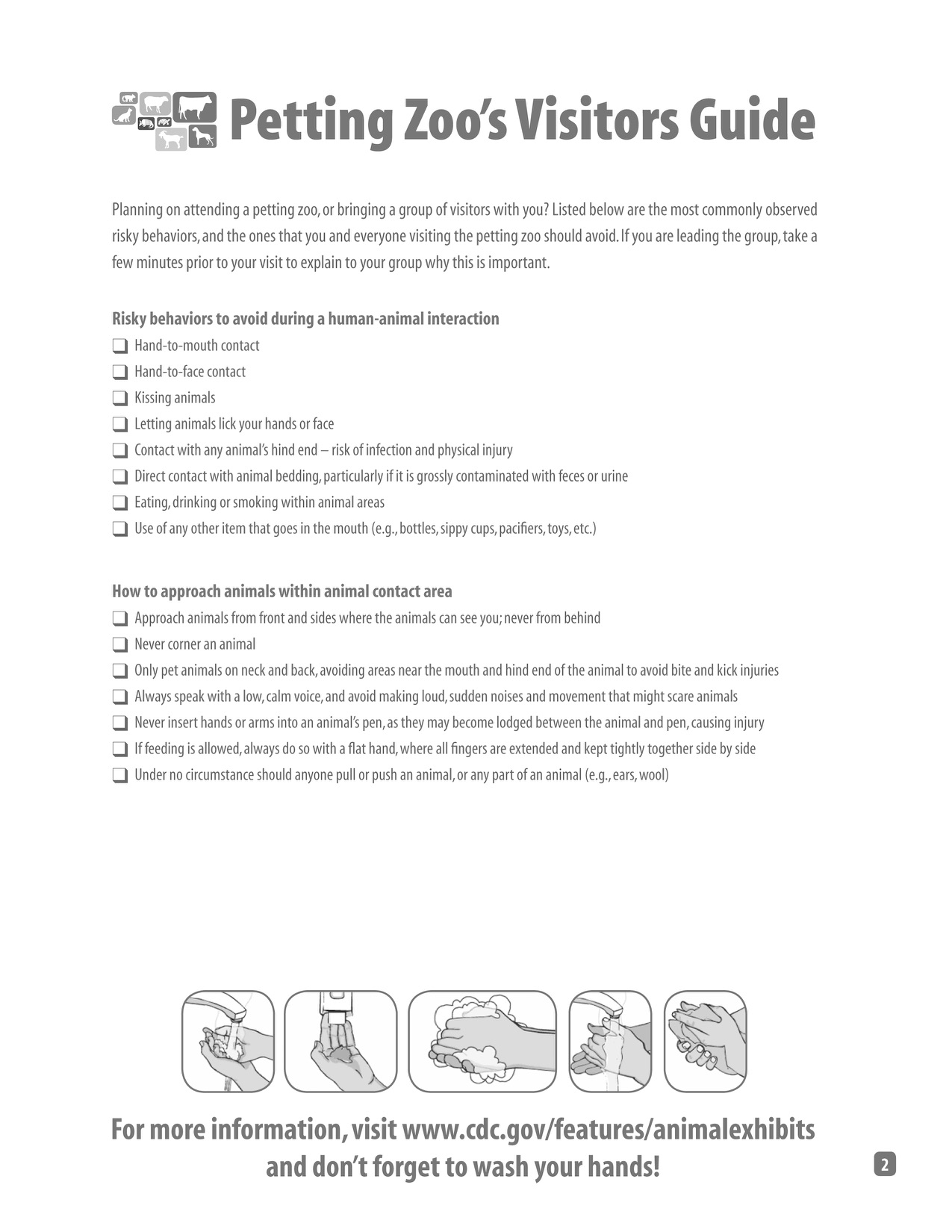 Details of exposures on the farm were collected for 38 cases and 39 controls, recruited through snowball sampling. Multivariable logistic regression identified that cases were 5·5 times more likely than controls to have eaten without washing their hands [95% confidence interval (CI) 1·51–19·9, P = 0·01] and 10 times less likely to report being informed of risk of infection on arrival (odds ratio 0·10, 95% CI 0·01–0·71, P = 0·02).
Details of exposures on the farm were collected for 38 cases and 39 controls, recruited through snowball sampling. Multivariable logistic regression identified that cases were 5·5 times more likely than controls to have eaten without washing their hands [95% confidence interval (CI) 1·51–19·9, P = 0·01] and 10 times less likely to report being informed of risk of infection on arrival (odds ratio 0·10, 95% CI 0·01–0·71, P = 0·02).
An uncommon Cryptosporidium parvum gp60 subtype (IIaA19G1R1) was identified in a lamb fecal sample and all subtyped cases (n = 22). We conclude that lack of verbal advice and non-compliance with hand washing are significantly associated with a risk of cryptosporidiosis on open farms. These findings highlight the public health importance of effectively communicating risk to petting farm visitors in order to prevent future outbreaks of zoonotic infections.
Cryptosporidiosis outbreak in visitors of a UK industry-compliant petting farm caused by a rare Cryptosporidium parvum subtype: a case-control study
Epidemiology and Infection, Volume 144, Issue 5, April 2016, pages 1000-1009, DOI: http://dx.doi.org/10.1017/S0950268815002319
Utsi, S. J. Smith, R. M. Chalmers, and S. Padfield
A table of petting zoo outbreaks is available at https://barfblog.com/wp-content/uploads/2014/04/Petting-Zoo-Outbreaks-Table-4-8-14.xlsx.
Best practices for planning events encouraging human-animal interactions
Zoonoses and Public Health 62:90-99, 2015
G. Erdozain , K. KuKanich , B. Chapman and D. Powell
http://onlinelibrary.wiley.com/doi/10.1111/zph.12117/abstract?deniedAccess
Educational events encouraging human–animal interaction include the risk of zoonotic disease transmission. It is estimated that 14% of all disease in the US caused by Campylobacter spp., Cryptosporidium spp., Shiga toxin-producing Escherichia coli (STEC) O157, non-O157 STECs, Listeria monocytogenes, nontyphoidal Salmonella enterica and Yersinia enterocolitica were attributable to animal contact. This article reviews best practices for organizing events where human–animal interactions are encouraged, with the objective of lowering the risk of zoonotic disease transmission.


